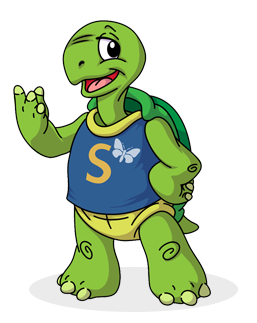Reading
We are back into our usual reading routine following the holidays.
On Wednesday your child bought home their next reading book. This book has been read in school with them following the Little Wandle Scheme – it is directly matched to your child’s reading ability. We will read your child’s new Little Wandle book in school on Mondays, Tuesdays and Wednesdays. The book sent home on Wednesday is now for you to read and follow up at home. Your child has also bought home a school library book of their choice – this is not matched to their reading ability and is therefore a book to share together.
We visit the library on Tuesdays and Thursdays where they can be changed .
Please record ALL reading in your child’s reading record so that we can see that reading, story sharing or other reading for pleasure has taken part every day at home.
Reading records and reading books are expected to be bought into school every day to be monitored and to record when your child has read in school.
Spellings
We are continuing to learn words taken from the Year 1 National Curriculum. These are ‘common exception’ words that your child is expected to be able to spell independently in their writing by the end of Year 1. You will notice that some of these words your child is familiar with from Reception. Please practise writing the words below together.
We will ‘test’ these spellings next Friday. The scores will be in your child’s reading record for you to see and to continue practising any words that they need further support with. We are starting to focus a lot more on these words when writing and will be using the Year 1 using our spelling list in all of our writing sessions.
This weeks words are..
there where
Maths
In maths we have started to focus on number and place value within 20. Having a secure knowledge of these numbers, how they are made up and understanding the value of ‘tens’ and ‘ones’ is essential as it forms the foundations of mathematical understanding.
Part of this foundation is creating a secure undertsanding of numberbonds to 10, which we will then link to number bonds to 20. Numberbonds to 10 are two numbers which add together to make 10. For example.. 4 and 6 or 9 and 1.
The video below looks at number bonds to 10 and shows them in different ways (representations). Please watch this video together at home to recap. It is only 10 minutes long and will support your child with their learning next week.
Your child has also bought home some number cards to play a matching game, they are in their reading record ready to be cut up.
To play number bond match, follow the instructions below…
- Spread all of the cards out and turn them all face down.
- The first person turns two cards over, are they a number bond to 10? If yes, keep the cards! If no, turn back over.
- The next person turns two cards over, are they are number bond to 10? If yes, keep the cards! If no, turn back over.
- The winner is the person who has the most ‘pairs’ once they have all been matched.



